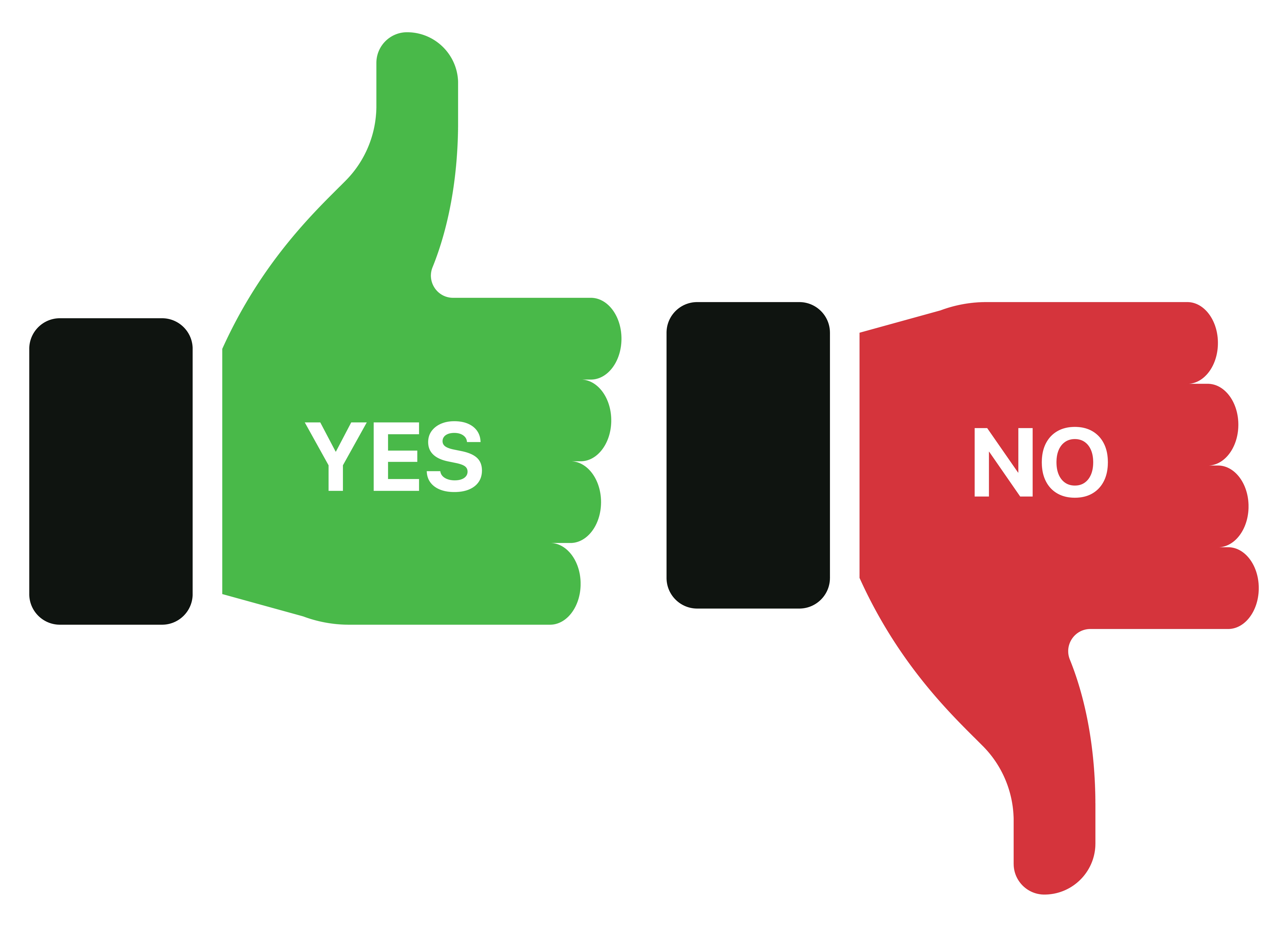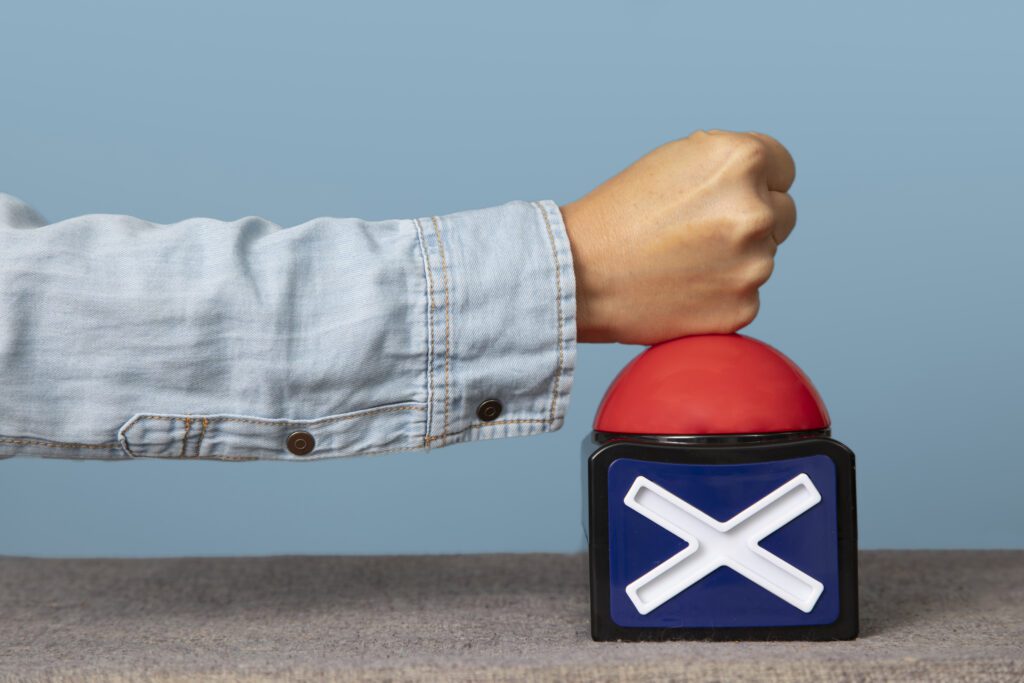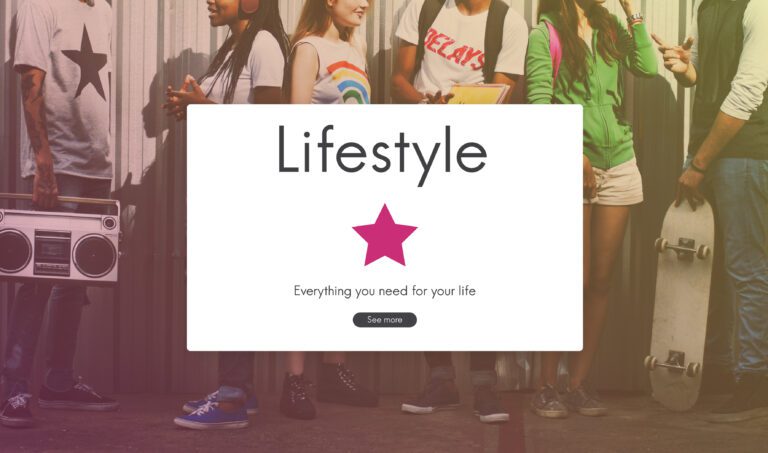Yes No Popups: Do They Really Convert Fast?

I hope you enjoy this blog post. If you want Hello Bar to grow your leads, click here.
Author:
Mansi
Published
June 30, 2025

Table of Contents
Let’s just say it straight — Yes No Popups can work, but they can also flop. It depends on whether you use your head or just slap them everywhere hoping for a miracle.
So what’s the deal with Yes No Popups? Do they actually get people to do what you want? Or are they just another thing people close out of in half a second?
What Are Yes No Popups, Anyway?
You’ve seen these. Little box jumps up: two choices, Yes or No.
Example:
- Yes, send me weekly tips to get better sleep
- No, I’m sleeping just fine
Or:
- Yes, save my spot for the free webinar
- No, I’ll take my chances without it
This is the core of Yes No Popups — you make people decide. Instead of ignoring your popup, they have to actively say Yes or No.
Why Do Businesses Love Yes No Popups?
It’s simple psychology. People don’t like saying No. Especially when the No feels like missing out on something they want.
Yes No Popups tap into that hesitation. They make you think twice. A boring single-button popup just lets you close it. But when you have to click No to something good, it stings a bit. That little sting can push someone to click Yes instead.
But Do Yes No Popups Actually Work?
Sometimes they do. Sometimes they don’t.
There’s no magic spell. It depends how you use Yes No Popups.
A lot of people do it wrong — they show Yes No Popups at the worst times, with cringe lines like “No, I hate saving money”. Or they keep popping up again and again like an annoying fly.
Done right, though, Yes No Popups can grab a few extra signups or sales you’d lose otherwise. Especially if your offer is good and your timing isn’t obnoxious.
A Better Example: Realistic and Not Cringe
Let’s fix the “full price” thing.
Say you’re a company that sells online courses about starting a small business.
You notice people are reading your blog about “How to Make a Business Plan” — but not signing up for your newsletter. You add a Yes or No Popup at the bottom:
Yes, send me the free business plan template
No, I’ll make my plan from scratch
See the difference?
The No option doesn’t shame the person. It just makes them think — “Hmm, do I really want to reinvent the wheel?”
Some people still say No, sure. But you’ll catch folks who want the shortcut.
This is how Yes No Popups work when they’re not insulting people’s intelligence.
Good vs Bad Yes No Popups
Let’s break it down:
Good Yes No Popups:
- Show up when they make sense. Not too soon.
- Offer something that fits what the person’s doing.
- Keep the No choice realistic, not mocking.
- Close easily — no hunting for the tiny X.
Bad Yes No Popups:
- Pop up right away — before I’ve read a word.
- Push nonsense offers nobody cares about.
- Guilt trip you with passive-aggressive lines.
- Hard to close or come back again and again.
People don’t hate Yes No Popups. They hate bad ones.
Where to Use Yes No Popups (and Where to Skip Them)
Not every page deserves Yes No Popups. They work best when someone’s about to leave, or when you know they’re genuinely interested but need a little push.
Exit Intent
Someone moves their mouse to close the tab. Boom. A Yes or No Popup shows up:
Yes, send me my 10% off code
No, I’ll shop later without it
You’re catching people right before they vanish. Sometimes it works, sometimes they just go. But it’s your last shot.
Lead Magnets
You have a free checklist, guide, or template.
Yes No Popups make it easy:
Yes, I want the checklist
No, I’ll figure it out alone
Again, the No option is believable. Not insulting.
Abandoned Carts
People ditch carts all the time. A quick Yes No Popup can remind them:
Yes, save my items for later
No, remove my cart
Sometimes people genuinely need that nudge. Yes No Popups do that nudge well.
A Real Use Case: Small Retail Shop
Picture this. A small online shop selling handmade candles.
They notice people add candles to the cart but don’t check out.
They test a Yes No Popup:
Yes, remind me about my cart
No, I don’t need a reminder
They email people who clicked Yes. A week later, 12% of abandoned carts turned into sales. Without the Yes No Popups, they got zero on that front.
So did those Yes No Popups convert? Yeah — not a million bucks, but extra sales for basically no cost.
Things to Remember Before You Try Yes No Popups
- Don’t Be Annoying
Nobody likes spammy popups, especially on mobile. Test your Yes No Popups on different devices. - Offer Real Value
“Yes, I want free junk” doesn’t pull people in. Give people something they actually care about. - Keep It Human
The copy on your Yes No Popups should feel like you’re talking to a person, not writing a joke. - Test Everything
A simple Yes No Popup can work differently on different pages. Try different wording, different triggers, and check your numbers. - Know When to Stop
If your Yes No Popups aren’t doing better than your regular forms — don’t keep them just because they look clever. Ditch them.
How to Write Yes No Popups That Don’t Sound Stupid

Look, it’s tempting to get snarky. But if your brand isn’t naturally sarcastic, don’t force it.
Good Yes No Popups:
- Yes, I want early access
- No, I’ll wait and miss out
Or:
- Yes, send me recipes every week
- No, I’ve got enough recipes
Short. Clear. Makes sense for real people.
Timing Your Yes No Popups
Timing kills good Yes No Popups faster than bad design.
- Too early? You annoy visitors.
- Too late? You miss your chance.
Exit-intent triggers work well for most sites. Scroll triggers are good too — like when someone reads 70% of an article.
And don’t keep showing the same Yes No Popups on every page. That’s just lazy.
Also read our guide on 21 Proven Exit Popup Formulas That Will Increase Conversion Rates
Mobile-Friendly or Bust
It’s 2025. Most people are on phones.
If your Yes No Popups aren’t mobile-friendly, they’re not going to convert. They’re going to get closed.
- Big, tappable buttons.
- Text that fits on small screens.
- Easy to close.
You’d be surprised how many shops forget this.
Don’t Fake Urgency
Some folks slap fake countdown timers on their Yes No Popups — “Only 1 spot left!” when you know there’s unlimited spots. That stuff kills trust fast.
If you have urgency, make it real. Limited stock? Okay. Sale ends tonight? Sure. Don’t make it up.
Real Talk: Do They Annoy People?
Yeah, sometimes. But so does every other popup. People aren’t mad about Yes No Popups — they’re mad when they’re used badly.
Used well, Yes No Popups give people a fair choice. That’s it. They can be the push someone needs or a moment to say, “Nah, not today.” Both are fine.
A Few Quick Wins
- Use Yes No Popups on high-exit pages.
- Pair Yes No Popups with an offer that’s worth it.
- Keep your Yes option clear and direct.
- Make the No option polite, not petty.
- Don’t drown your visitor in Yes No Popups on every page.
So, Do Yes No Popups Convert?
Sometimes. If they’re thoughtful. If you test them. If you don’t use them like a sledgehammer.
Do your numbers. Check your site. Be smart about when and where. And always — always — write like a real person. Yes No Popups can be an easy win, but they’re not magic.
That’s it. Use Yes No Popups wisely or skip them. Don’t let them run your whole site. Sometimes a simple choice is all it takes.






